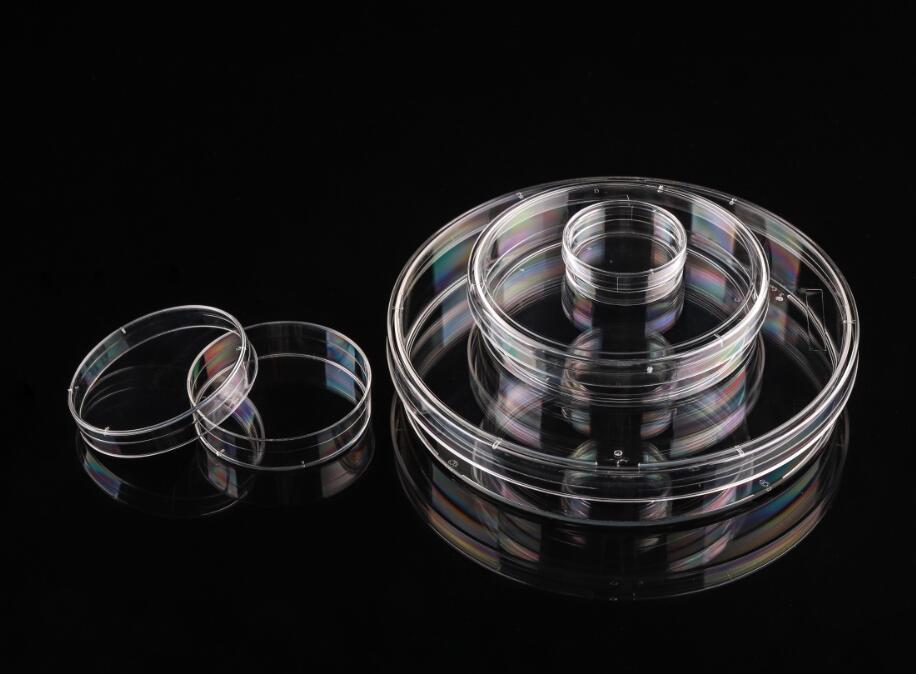ã€Chinese instrument network instrument research and development】 Recently, the research team of the supramolecular photochemistry laboratory of the Institute of Physics and Chemistry, Chinese Academy of Sciences has developed a new type of nanomolecular oxygen sensor for supermolecular polymer.
Construction of Molecules and Detection Principles of Novel Supermolecular Polymer Ratio Nano-Oxygen Sensors Oxygen (O2) plays an important role in the physiological and pathological processes of many biological systems. Hypoxia is associated with various diseases, such as the growth of cancer, neurological disorders, and cardiovascular diseases. Therefore, detection and imaging of oxygen levels in living cells and tissues plays a key role in the diagnosis of cancer, understanding of cell function and the pathogen of the disease. In the ratio optical oxygen sensor, the content of oxygen is determined by the ratio of light emission at different positions of the sensor, which has good accuracy, anti-background interference, and allows high-resolution measurement and imaging in cells and tissues in real time. The biological and medical fields have a good application prospect.
Based on the previous research on the supramolecular polymer luminescent nanoparticles, the research team of the Sumitomo-optical Photochemical Laboratory of the Institute of Physics and Chemistry, Chinese Academy of Sciences recently developed a new type of supermolecular polymer ratio nano-oxygen sensor. Different from the current ratio-based oxygen sensors based on small molecules, conjugated polymers, and quantum dots, the research team skillfully used porphyrins with double quadruplex hydrogen bonds as phosphorescent indicators and dicarbonyl fluoroboron compounds as fluorescence references. Diphenyl fluorene is used as a backbone molecule, and three kinds of monomers are assembled into a supramolecular polymer nanosphere that is uniformly dispersed in water by a quadruple hydrogen bond interaction. It has excellent rate responsiveness to oxygen and is suitable for ratiometric detection of oxygen content in living cells. The nanosensor has simple preparation, easy adjustment of function and size, good reversibility of detection, storage stability and light stability, is conducive to the intake and distribution of cells, is easy to be biodegraded, and is expected to develop into a sensor having a composite function.
This result was recently published in Advanced Functional Materials (Adv. Funct. Mater. 2016, 26, 5419–5425) and was selected as backcover. The author of the article is Chen Yuzhe, an associate researcher of the Institute of Physics and Chemistry. The first author is Wang Ruifang, a master student.
Based on similar design concepts, the research team members synthesized bipyridine-platinum complexes with double quadruplex hydrogen bonds, carefully studied the mechanism and photophysical properties of the supramolecular polymers formed in solution, and prepared them for application. Phosphorescence lifetime imaging of phosphorescent supramolecular polymer nanoparticles. (Chem. Eur. J. 2016) In addition, the team members also successfully used quadruple hydrogen bonds to adjust the singlet-triplet bidirectional energy transfer of pure organic compounds (J. Phys. Chem. C. 2016).
Related work has been funded by the National Basic Research Development Program and the National Natural Science Foundation of China.
(Original title: Physicochemical developed a new type of super molecular polymer nano oxygen sensor)
Construction of Molecules and Detection Principles of Novel Supermolecular Polymer Ratio Nano-Oxygen Sensors
Based on the previous research on the supramolecular polymer luminescent nanoparticles, the research team of the Sumitomo-optical Photochemical Laboratory of the Institute of Physics and Chemistry, Chinese Academy of Sciences recently developed a new type of supermolecular polymer ratio nano-oxygen sensor. Different from the current ratio-based oxygen sensors based on small molecules, conjugated polymers, and quantum dots, the research team skillfully used porphyrins with double quadruplex hydrogen bonds as phosphorescent indicators and dicarbonyl fluoroboron compounds as fluorescence references. Diphenyl fluorene is used as a backbone molecule, and three kinds of monomers are assembled into a supramolecular polymer nanosphere that is uniformly dispersed in water by a quadruple hydrogen bond interaction. It has excellent rate responsiveness to oxygen and is suitable for ratiometric detection of oxygen content in living cells. The nanosensor has simple preparation, easy adjustment of function and size, good reversibility of detection, storage stability and light stability, is conducive to the intake and distribution of cells, is easy to be biodegraded, and is expected to develop into a sensor having a composite function.
This result was recently published in Advanced Functional Materials (Adv. Funct. Mater. 2016, 26, 5419–5425) and was selected as backcover. The author of the article is Chen Yuzhe, an associate researcher of the Institute of Physics and Chemistry. The first author is Wang Ruifang, a master student.
Based on similar design concepts, the research team members synthesized bipyridine-platinum complexes with double quadruplex hydrogen bonds, carefully studied the mechanism and photophysical properties of the supramolecular polymers formed in solution, and prepared them for application. Phosphorescence lifetime imaging of phosphorescent supramolecular polymer nanoparticles. (Chem. Eur. J. 2016) In addition, the team members also successfully used quadruple hydrogen bonds to adjust the singlet-triplet bidirectional energy transfer of pure organic compounds (J. Phys. Chem. C. 2016).
Related work has been funded by the National Basic Research Development Program and the National Natural Science Foundation of China.
(Original title: Physicochemical developed a new type of super molecular polymer nano oxygen sensor)
NEST cell culture dishes are ideal for all types of culturing where microscopic examination is required. Numeric indicators on the bottom of each plate allow users to identify the location of cells.
Features:
• High clarity, 100% virgin polystyrene.
• Flat transparent surface for distortion-free observation.
• Vacuum plasma TC treatment, excellent cell adherence.
• Stackable for easy storage and handling.
• Sterilized by E-beam, SAL=10^-6.
• Non-Pyrogenic, DNase/Rnase free.

Cell Culture Dishes,Lab Supplies Cell Culture Dish,Glass Bottom Cell Culture Dish,Cell Culture Dish
Wuxi NEST Biotechnology Co.,Ltd , https://www.nest-biotech.com
